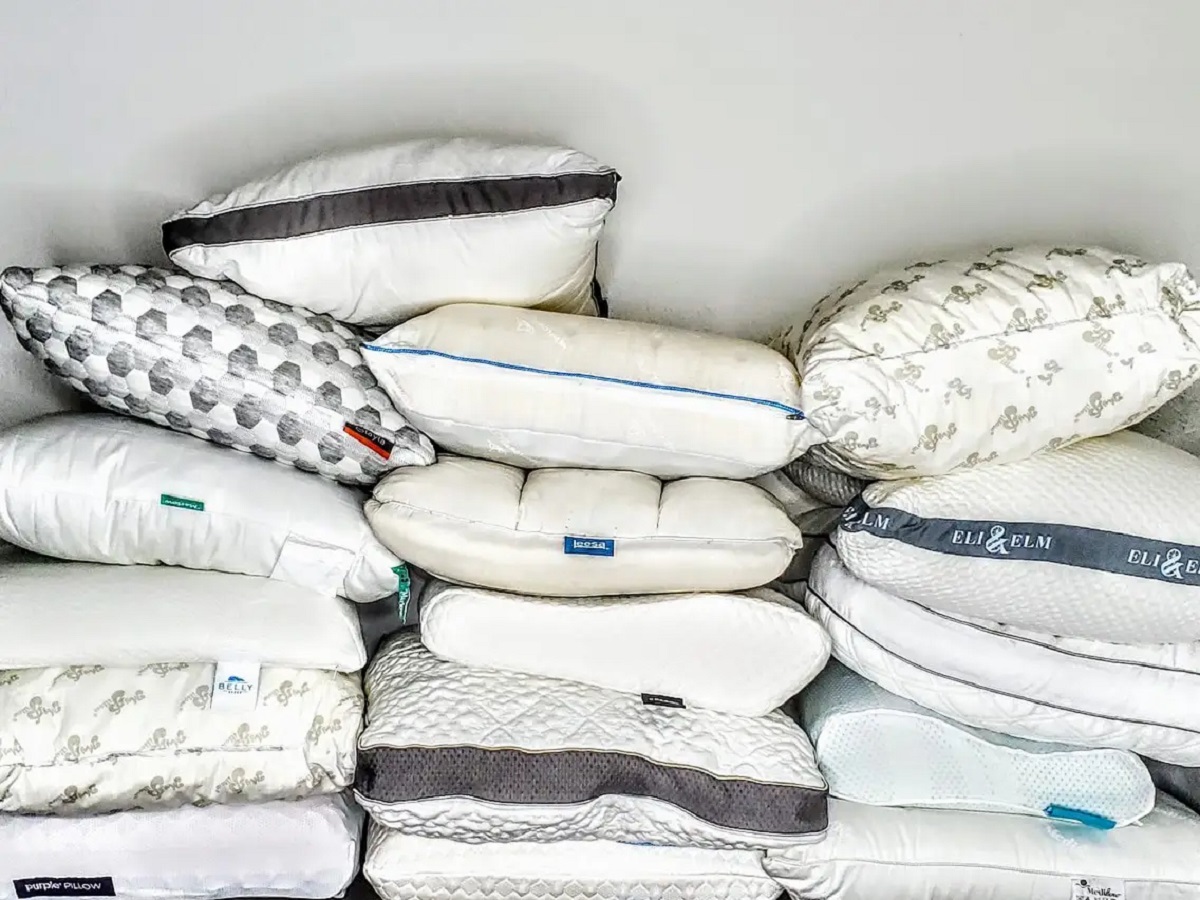

Articles
How To Store Pillows When Not In Use
Modified: January 5, 2024
Discover effective ways to store pillows when they are not in use with our informative articles. Keep your pillows fresh and organized with these smart storage tips.
(Many of the links in this article redirect to a specific reviewed product. Your purchase of these products through affiliate links helps to generate commission for Storables.com, at no extra cost. Learn more)
Introduction
When it comes to home decor and comfort, pillows play a significant role in providing a cozy and relaxing experience. Whether you have decorative throw pillows or functional ones for sleeping, you may find yourself needing to store them when they are not in use. Proper storage not only keeps your pillows in good condition but also helps to maximize space and maintain a clean and organized home.
In this article, we will explore why it’s important to store pillows when they are not being used, where you should store them, how to clean and maintain pillows before storage, and some helpful tips for storing them effectively.
Let’s dive in and discover the best practices for storing your pillows!
Key Takeaways:
- Properly storing pillows when not in use helps protect them from dirt, allergens, and damage, preserving their comfort and extending their lifespan. It also declutters your living space, creating a more organized environment.
- Choose a clean, dry storage location for your pillows, and clean and fluff them before storing. Use breathable pillowcases or storage bags, avoid plastic bags, and consider using moisture absorbers and natural repellents to keep your pillows fresh and pest-free.
Read more: How To Store Bed Pillows When Not In Use
Why store pillows when not in use?
You might be wondering why it’s necessary to store pillows when they are not in use. After all, they are designed to be on the bed or couch, right? While that is true, storing your pillows properly has several benefits that can prolong their lifespan and keep them in optimal condition.
Firstly, storing pillows when not in use helps to protect them from dirt, dust, and other allergens that can accumulate over time. Even if you keep your home clean, the air can still carry particles that settle on your pillows. By storing them in a designated area, you can reduce the exposure to these elements, which is especially important for individuals with allergies or asthma.
Secondly, storing pillows can help maintain their shape and fluffiness. Pillows are filled with various materials, such as down, feathers, or synthetic fibers, which can compress over time if left in an unused position. By storing them in a proper manner, such as in a pillowcase or a storage bag, you can help them retain their original shape and provide the desired level of support when you use them again.
Additionally, storing pillows can free up space in your home. If you have a large collection of pillows or limited storage options, keeping them stored away when not in use can help declutter your living space and create a more organized and visually pleasing environment.
Overall, by taking the time to store your pillows when not in use, you can protect them from dirt and allergens, maintain their shape and fluffiness, and create a more organized living space. Now that we understand the importance of storing pillows, let’s explore where you should store them.
Where to store pillows
When it comes to storing pillows, it’s essential to choose an appropriate location that will provide optimal conditions for their preservation. Here are a few options to consider:
- In a closet: If you have a spacious closet with shelves or compartments, it can be an ideal place to store your pillows. Ensure that the area is clean, dry, and free from any potential sources of damage, such as pests or moisture.
- In a chest or trunk: A chest or trunk can offer both storage space and protection for your pillows. Make sure the container is clean and well-ventilated to prevent any moisture buildup.
- Under the bed: Utilizing the space under your bed can be a convenient and space-saving option for storing pillows. Look for storage containers specifically designed for under-bed storage to keep your pillows clean and dust-free.
- In a storage ottoman: If you have a storage ottoman in your living room or bedroom, it can serve as a dual-purpose piece of furniture for both seating and pillow storage.
- On a high shelf: If you have high shelves in your closet or storage area, consider placing your pillows there. Just make sure they are well-protected and won’t be at risk of falling or getting damaged.
Regardless of where you choose to store your pillows, it’s crucial to keep them in a clean and dry environment. Avoid areas with high humidity or potential exposure to water, as moisture can lead to mold and mildew growth.
Now that we know where to store our pillows, let’s explore the steps for cleaning and maintaining them before storage.
Store pillows in a cool, dry place away from direct sunlight to prevent discoloration and mold growth. Use breathable storage bags or pillowcases to protect them from dust and dirt.
Cleaning and maintenance before storage
Before you store your pillows, it’s essential to ensure that they are clean and well-maintained. Here are some steps to follow:
- Check the care instructions: Different types of pillows require different cleaning methods. Check the care label or manufacturer’s instructions to determine the appropriate cleaning technique for your pillows.
- Vacuum or shake: Start by removing any surface debris, dust, or pet hair from the pillows. You can do this by using a handheld vacuum with a brush attachment or giving them a good shake outdoors.
- Spot clean stains: If you notice any stains on your pillows, spot clean them using a mild detergent or stain remover. Gently dab the stained areas with a clean cloth or sponge, taking care not to saturate the pillow.
- Wash if necessary: If your pillows are machine washable, it’s recommended to wash them before storage. Make sure to use a gentle cycle, mild detergent, and warm water. Follow the care instructions to determine whether you can machine wash or hand wash your pillows.
- Dry thoroughly: After washing, it’s crucial to dry your pillows thoroughly to prevent any moisture buildup. Place them in the dryer on a low heat setting or air dry them outside, ensuring they are completely dry before storing.
- Fluff and reshape: Once your pillows are clean and dry, give them a good fluff to restore their shape and loft. You can gently knead and punch the pillows to redistribute the filling evenly.
By following these cleaning and maintenance steps, you can ensure that your pillows are fresh and ready for storage. Now, let’s move on to some helpful tips for storing pillows effectively.
Tips for storing pillows
Now that you have cleaned and prepared your pillows for storage, it’s time to think about how to store them effectively. Here are some tips to help you store your pillows properly:
- Use pillowcases or storage bags: To protect your pillows from dust, dirt, and potential damage, consider storing them in breathable pillowcases or storage bags. These will help keep them clean and free from contaminants.
- Avoid plastic bags: While plastic bags can provide temporary protection, they can trap moisture and lead to mold or mildew growth. Opt for breathable materials like cotton or linen for long-term storage.
- Label your storage containers: If you have multiple pillows or different types of pillows, it can be helpful to label your storage containers. This will make it easier to find the specific pillows you are looking for in the future.
- Avoid storing pillows in direct sunlight: Exposure to sunlight can cause fading and deterioration of the pillow fabric. Choose a storage location that is away from direct sunlight to ensure the longevity of your pillows.
- Rotate your pillows: If you have several pillows in storage, periodically rotate them to prevent any flattening or uneven wear. This will help maintain their shape and ensure they remain comfortable to use when you bring them out again.
- Consider using moisture absorbers: If your storage area tends to be humid, you can place moisture absorbers, such as silica gel packets or dehumidifiers, near the stored pillows. This will help prevent any moisture-related issues.
- Keep pests away: To protect your pillows from pests like dust mites or moths, consider using natural repellents like cedar chips or lavender sachets. These will help keep your pillows fresh and free from unwanted visitors.
By following these tips, you can ensure that your stored pillows remain clean, fresh, and ready for use when you need them. Now, let’s wrap up our discussion.
Read more: When Do Toddlers Use Pillows
Conclusion
Properly storing pillows when they are not in use is essential to preserve their cleanliness, shape, and overall quality. By protecting pillows from dust, allergens, and potential damage, you can extend their lifespan and maintain their comfort. Additionally, storing pillows can help declutter your living space and create a more organized environment.
When storing pillows, choose a suitable location, such as a closet, trunk, or under the bed, that is clean, dry, and protected from moisture. Before storage, clean and maintain the pillows by vacuuming, spot cleaning, and washing if necessary. Ensure that the pillows are thoroughly dried and fluffed to maintain their shape and loft.
Remember to use pillowcases or storage bags to protect the pillows from dust and contaminants. Avoid using plastic bags for long-term storage, as they can trap moisture. Label your storage containers for easy identification and rotate your pillows periodically to prevent flattening.
Consider using moisture absorbers to keep your stored pillows dry and repellents to deter pests. By following these tips, you can ensure that your pillows remain fresh, clean, and ready for use when you need them.
So, the next time you find yourself needing to store your pillows, remember the guidelines outlined in this article. With proper care and storage, your pillows will continue to provide comfort and enhance the aesthetic appeal of your home for years to come.
Frequently Asked Questions about How To Store Pillows When Not In Use
Was this page helpful?
At Storables.com, we guarantee accurate and reliable information. Our content, validated by Expert Board Contributors, is crafted following stringent Editorial Policies. We're committed to providing you with well-researched, expert-backed insights for all your informational needs.
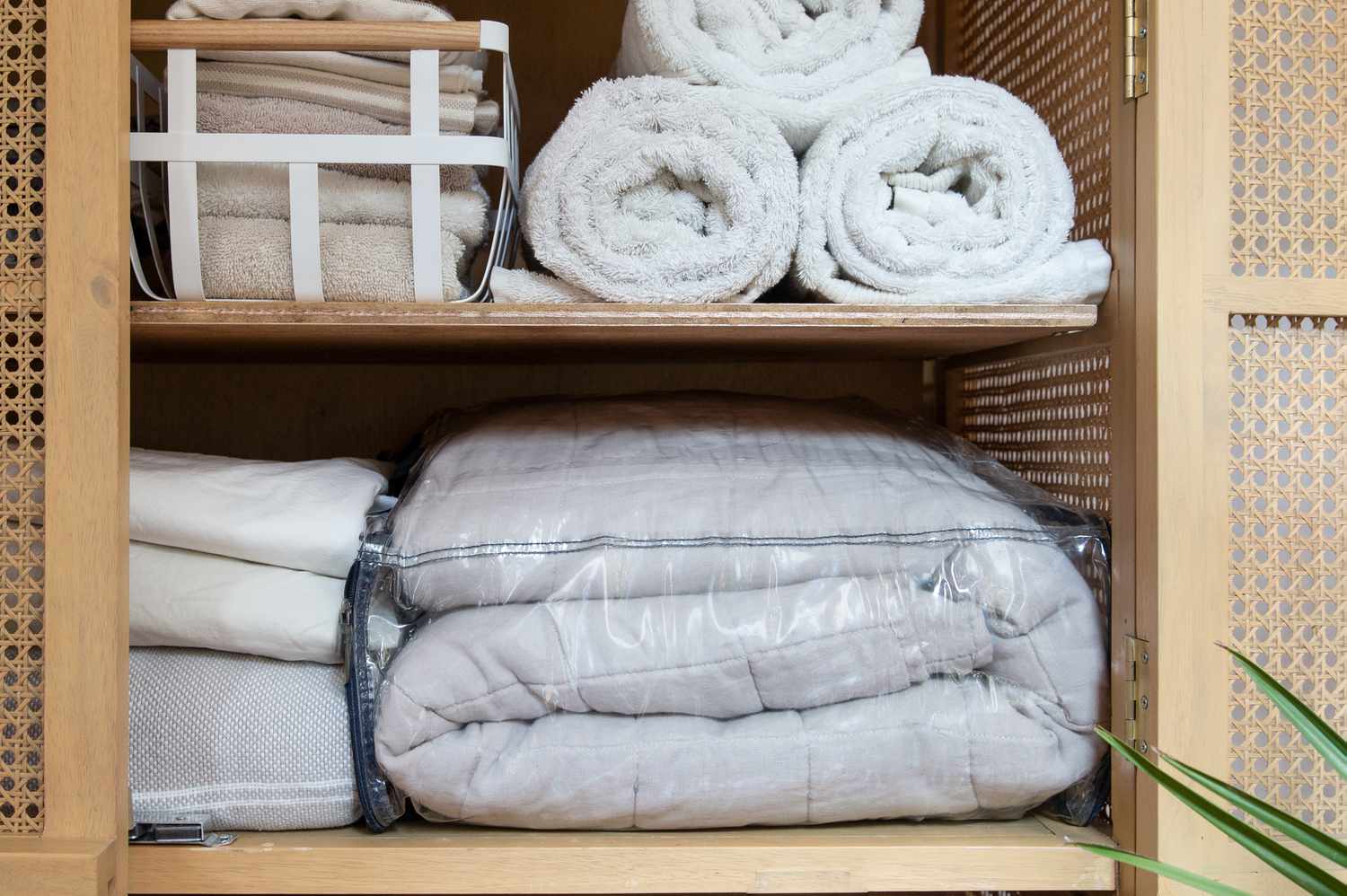
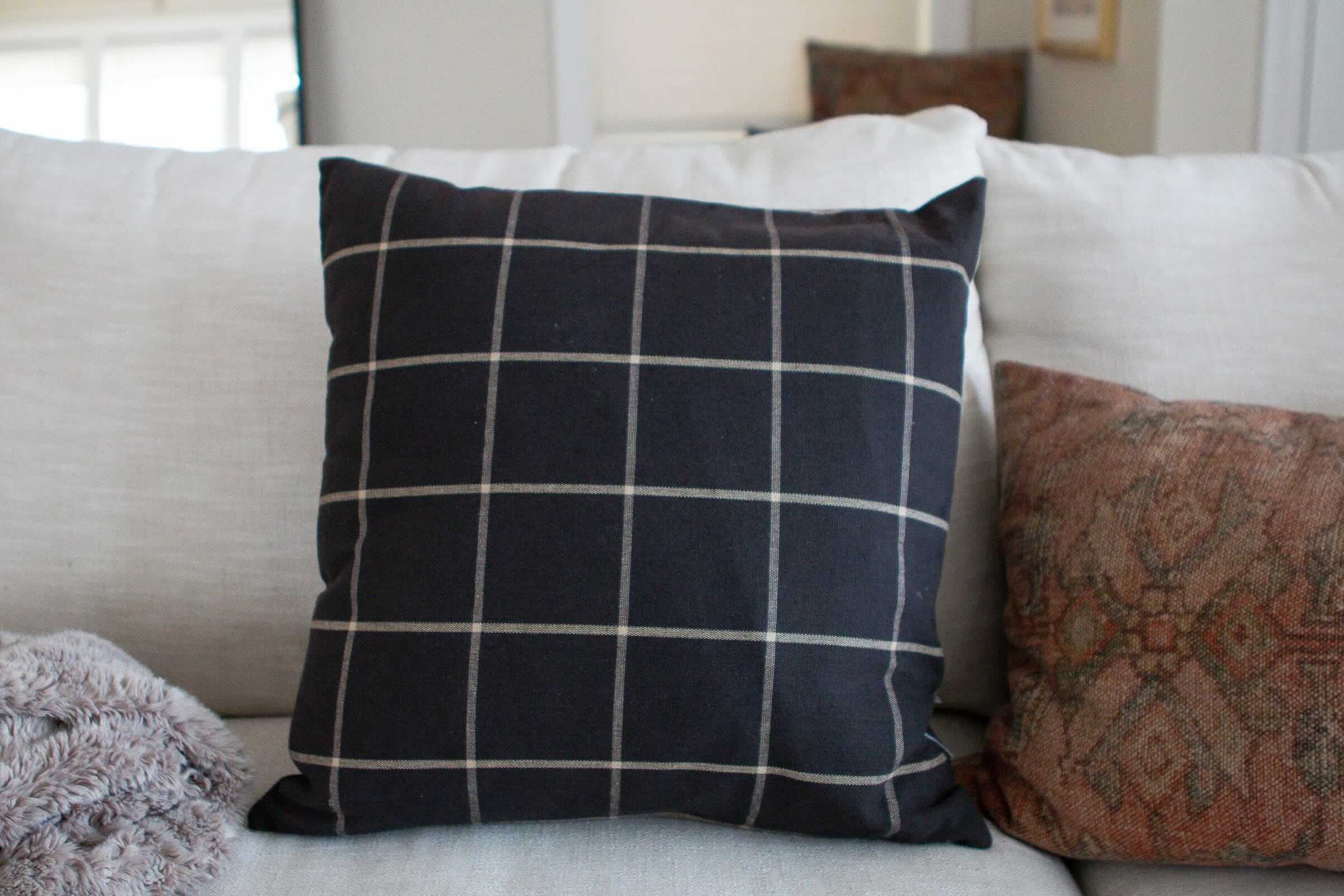
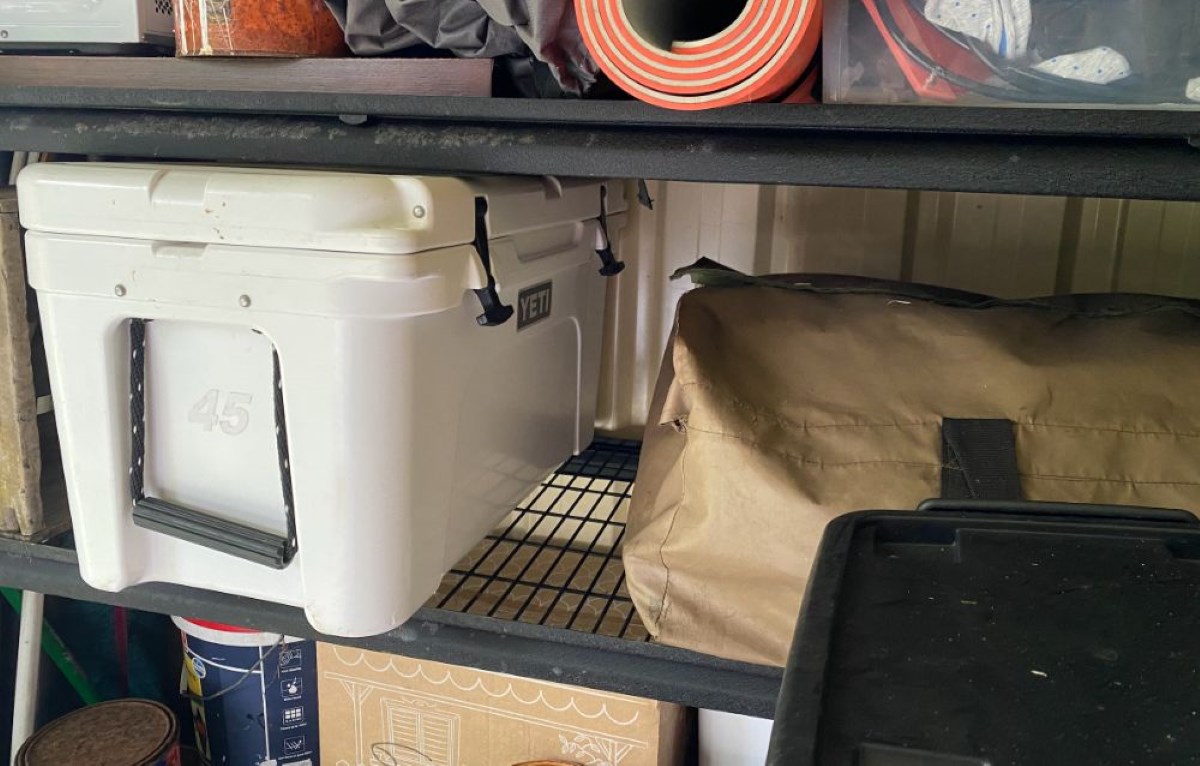

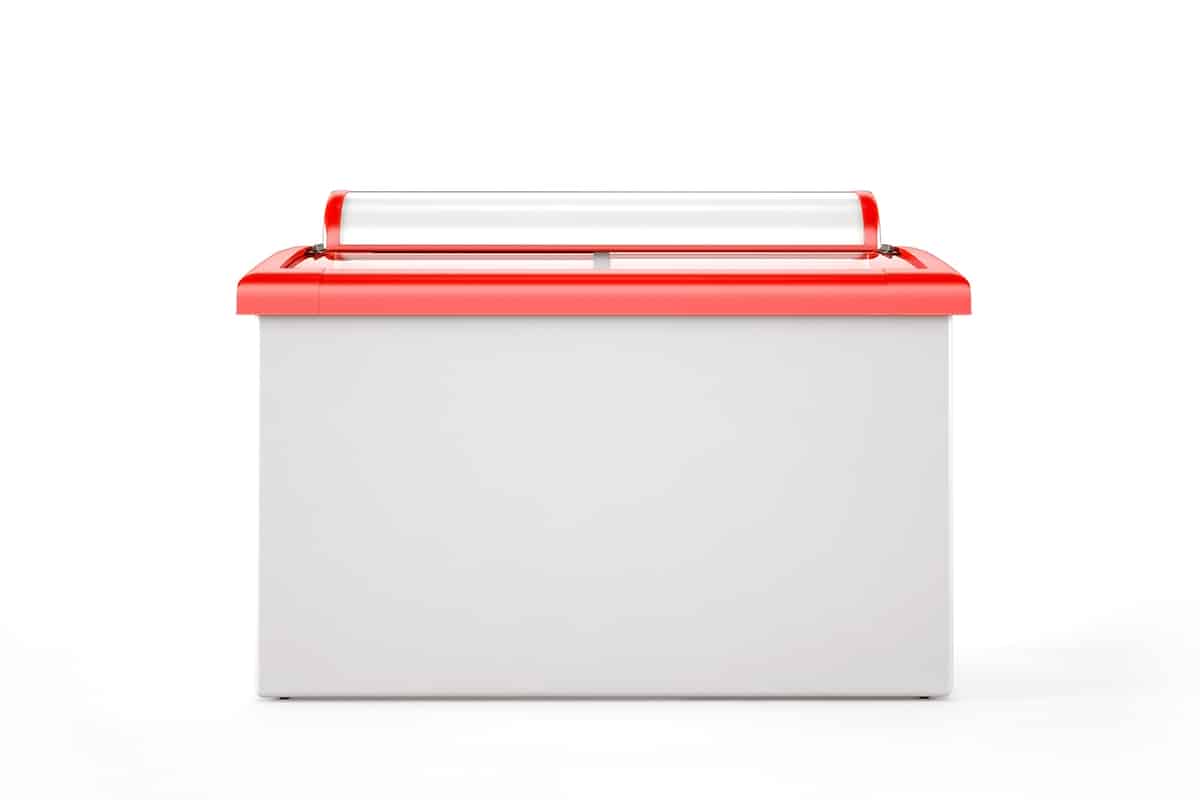
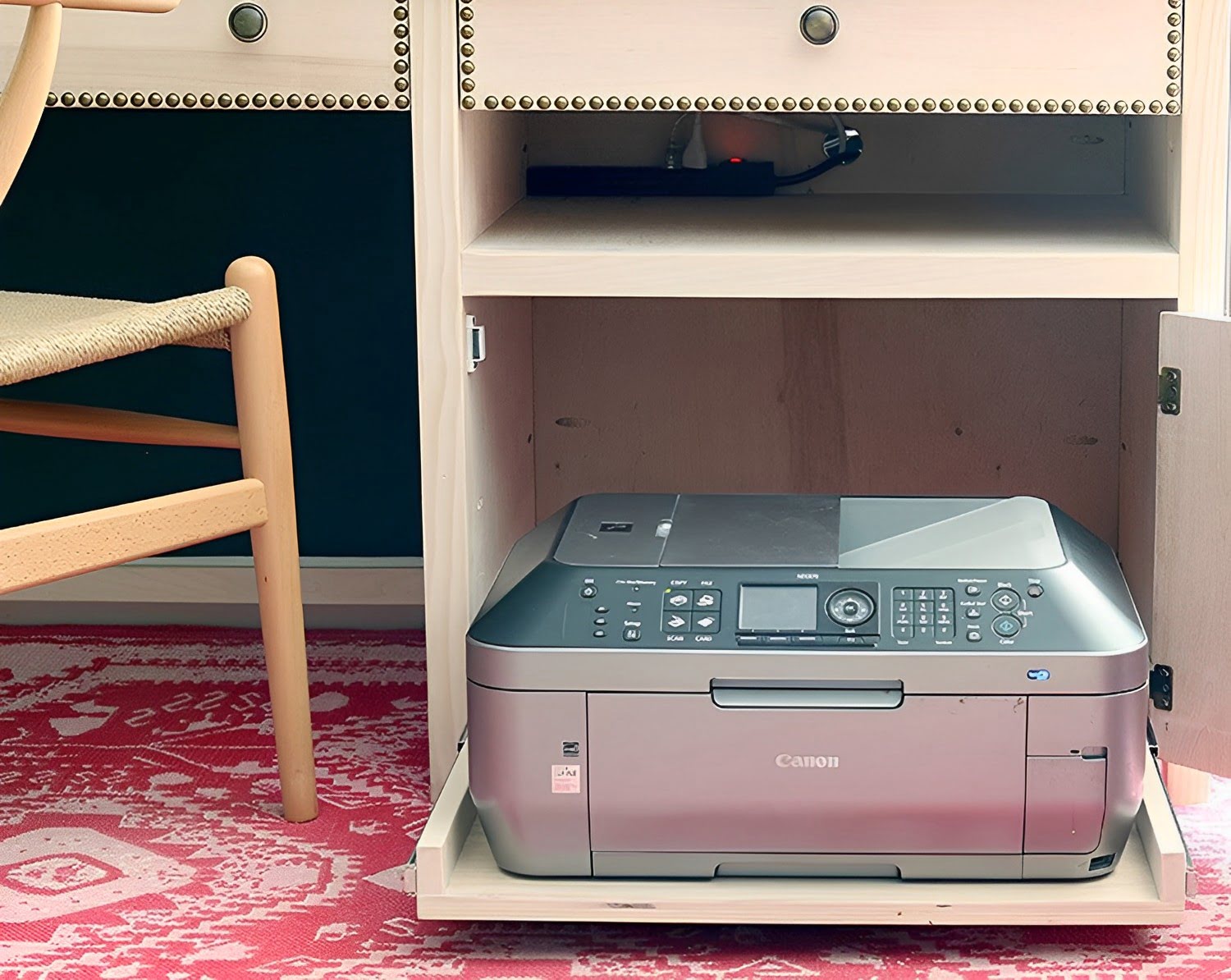

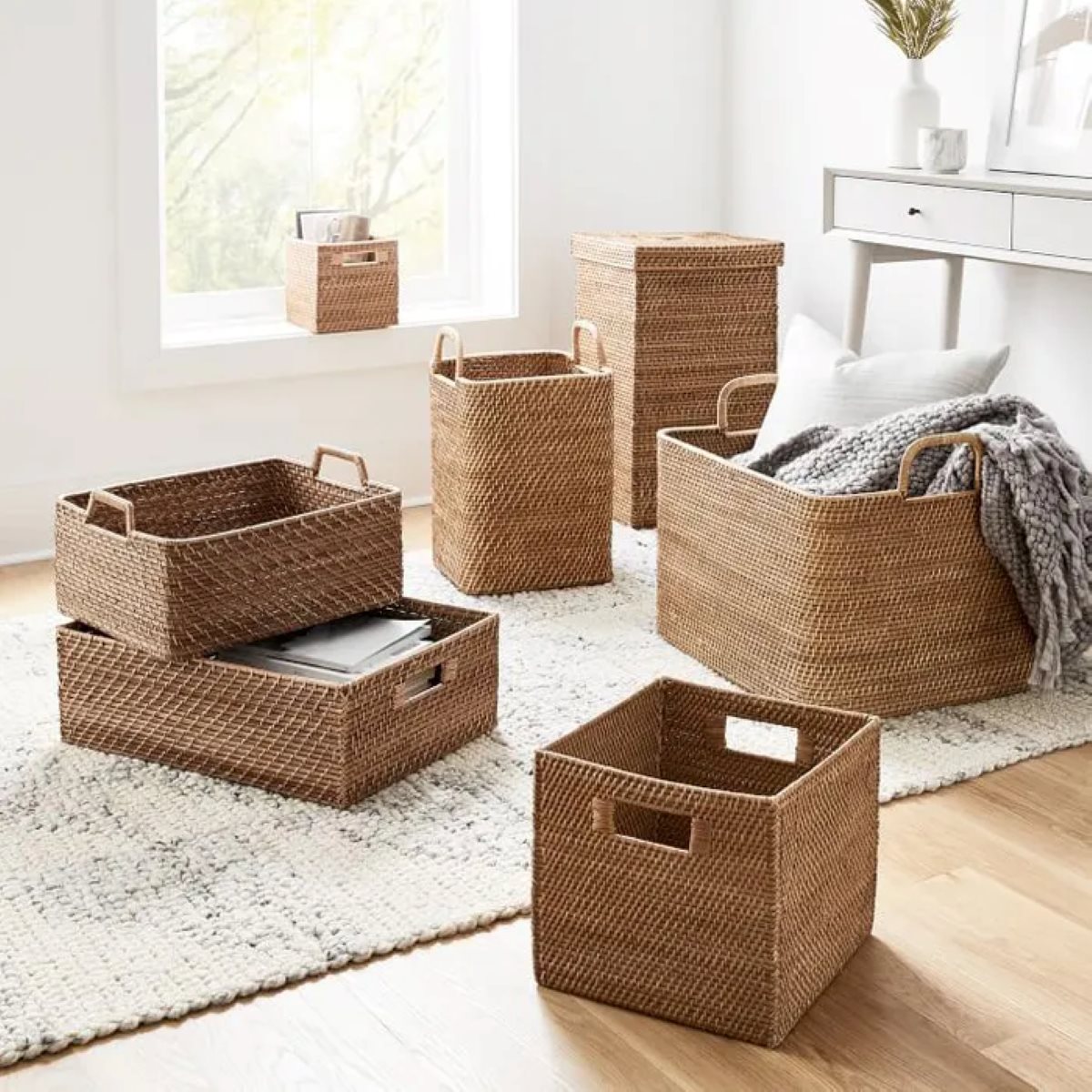
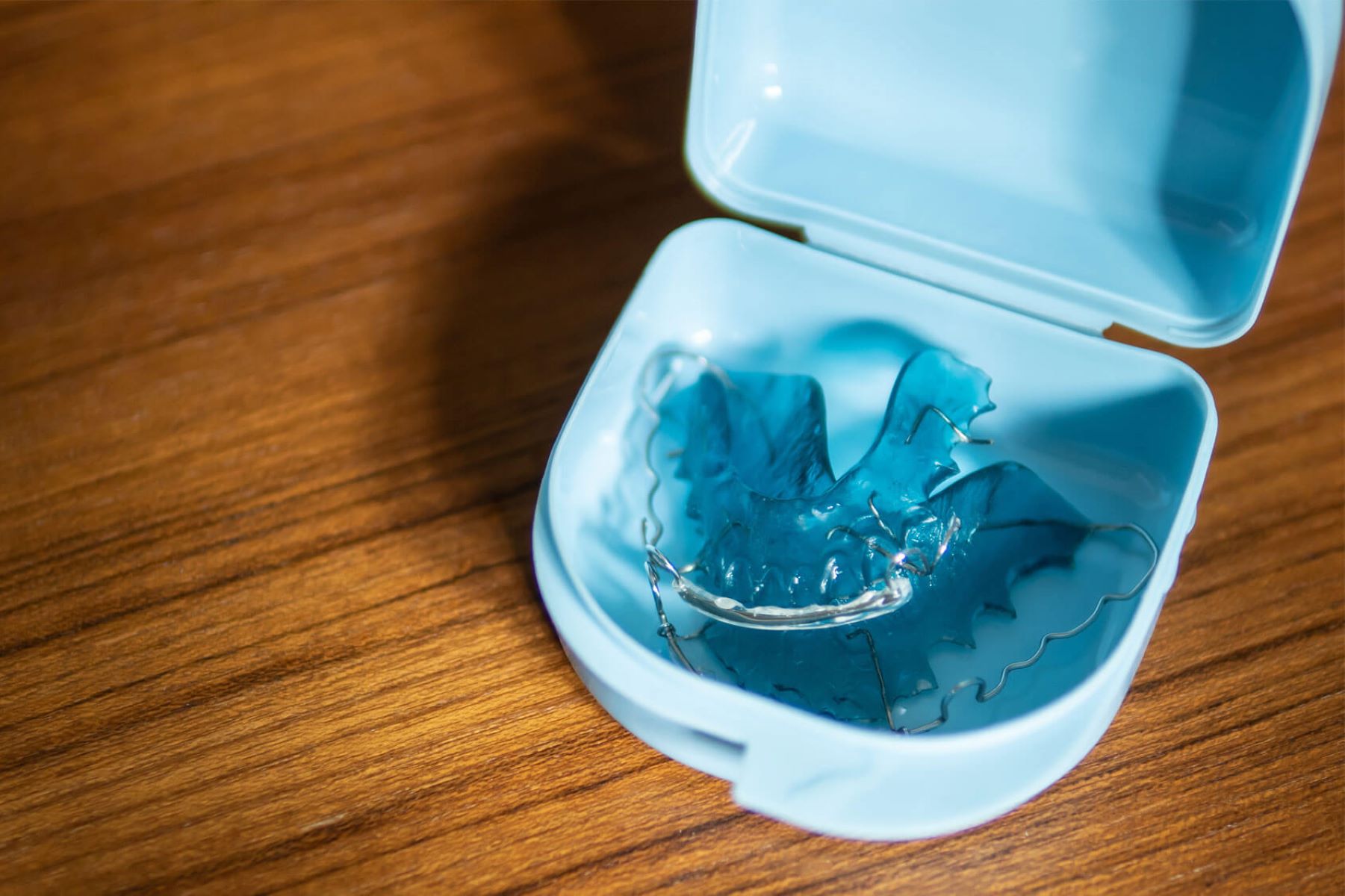

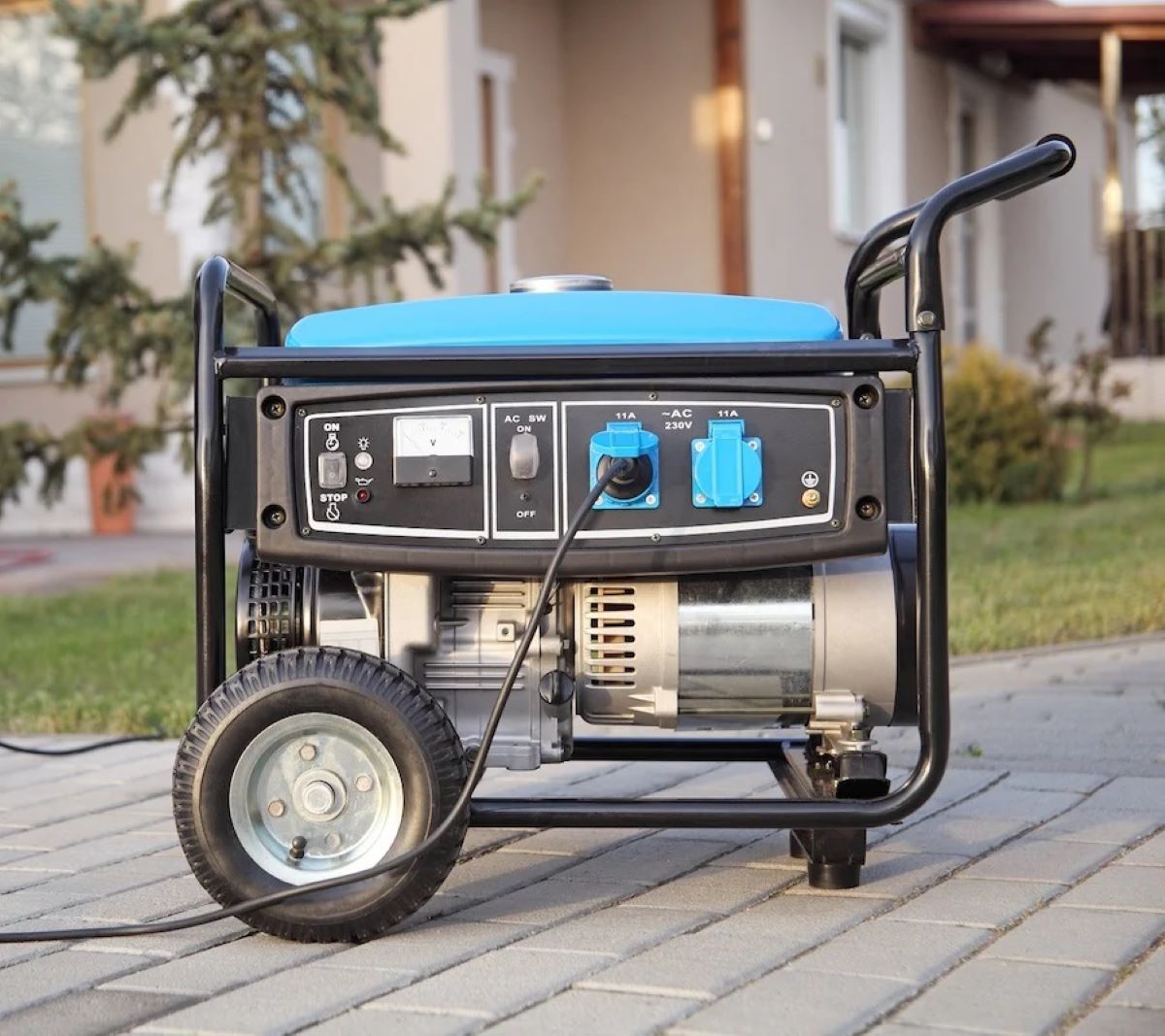
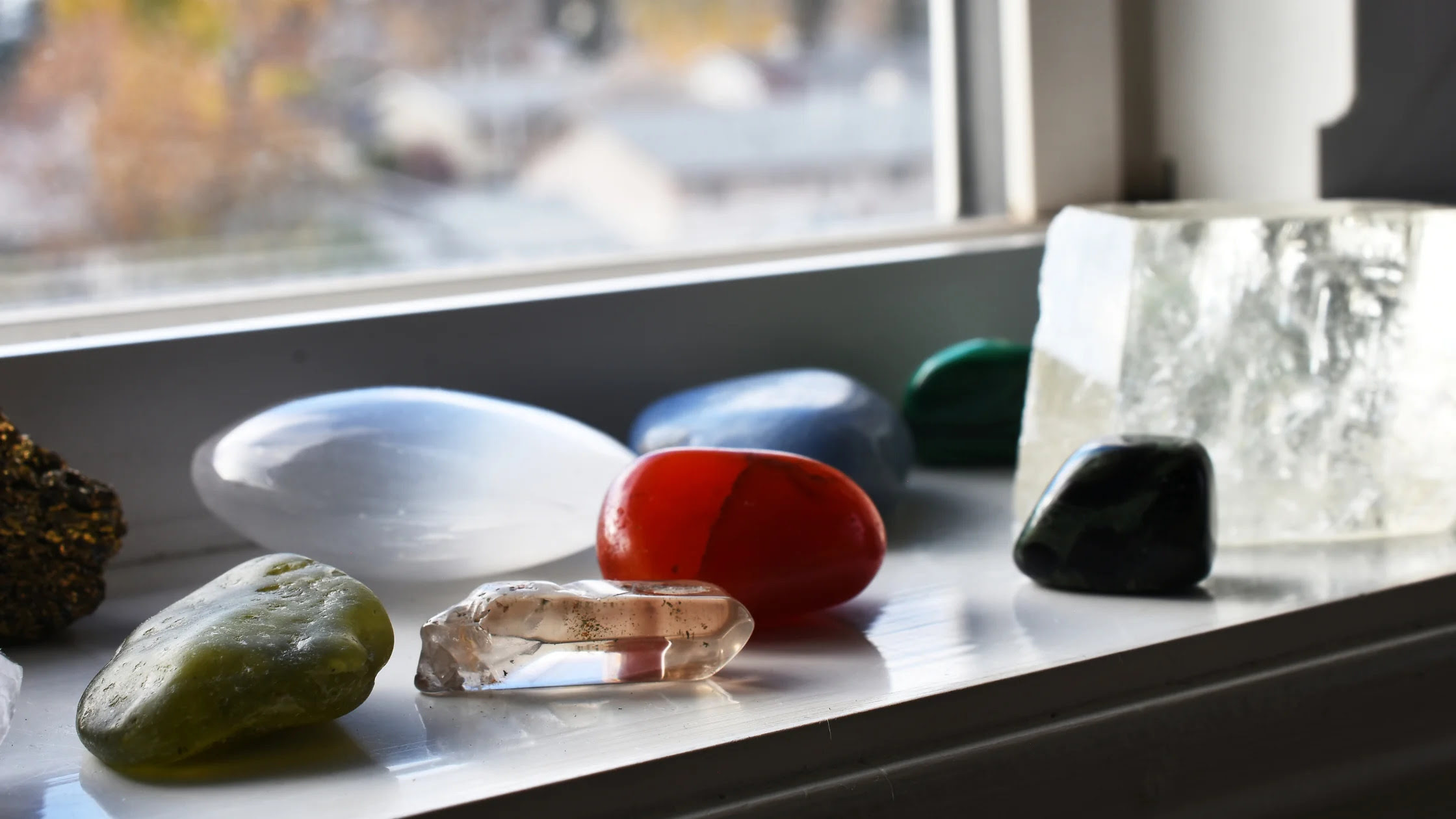



0 thoughts on “How To Store Pillows When Not In Use”